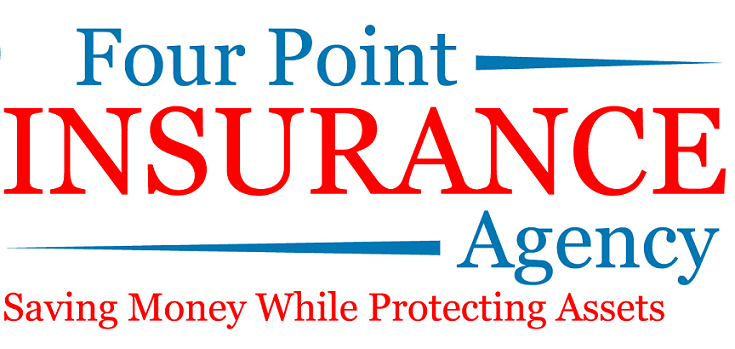10 Roller Coaster Safety Tips That Could Save Your Life

Rosy Esparza was riding the Texas Giant roller coaster with her son at Six Flags Over Texas in Arlington, Texas, when she fell out of her seat and to her death at around 6:30 p.m. Friday. Witnesses to the fall informed reporters that they had heard Esparza expressing concern about whether or not she was properly secured before the ride began.
Carmen Brown of Arlington, who was waiting on line before the ride took off, told The Dallas Morning News that the ride attendant did not take Esparza’s concerns seriously.
“He was basically nonchalant,” Brown said. “He was, like, ‘As long as you heard it click, you’re fine.’ Hers was the only one that went down once, and she didn’t feel safe. But they let her still get on the ride.”
To prevent a tragedy like this from happening in the future, take note of these quick and easy roller coaster safety tips:
1. Obey the listed age, height, weight, and health restrictions. The measurement guidelines at the entrance to a ride are not just to see how much you’ve grown since last year — make sure to pay attention to what they say, and don’t try to sneak bellow the bar.
2. Watch the ride first, so you know what to expect. See how riders are loaded and unloaded. Watch how the safety belts are fastened first, so that when you get on the ride, you know what to do.
4. Keep you head, hands, arms legs and feet inside the ride at all times. It’s important to keep all body parts inside the vehicle while it’s moving. If you want to put you hands in the air for that first drop, go ahead. Just be sure to safely return them to your car for the next part of the ride.
5. Keep your eyes looking forward and your head up to protect your neck from injury. Roller coasters are prone to sudden accelerations and abrupt changes in direction. Keep you head up and looking forward to ensure the sudden jerks don’t hurt your neck.
6. Wait until instructed to remove your safety belt/lap bars/shoulder harnesses and exit the ride. After the ride stops, don’t unbuckle until you’re told to do so. Wait until the park employee tells you to exit to exit the vehicle before moving on to your next destination.
7. Take frequent breaks between roller coaster rides. The rides aren’t going anywhere. Give your body time to rest and readjust before jumping onto the next coaster. If you start to feel unwell, respect your body’s request to slow down.
8. Don’t get on a ride that looks poorly maintained. Follow your instinct. If your gut tells you that wooden coaster looks too rickety, opt out. There’s no harm in avoiding a ride that looks like it just might collapse with one more run.
9. Never stand up while a ride is in motion. This may seem obvious, but it is often people’s natural instinct to try and escape the ride if something goes wrong. If you ever find yourself in this situation, fight the urge, stay seated, and wait for an operator to give further instructions.
10. If you see something, say something. As much as it’s your responsibility to take care of yourself, it is important to look out for the safety of others on the ride as well. If you see unsafe conditions or behavior, report it to a park employee immediately. You never know: your comment could save a life.

No responses yet